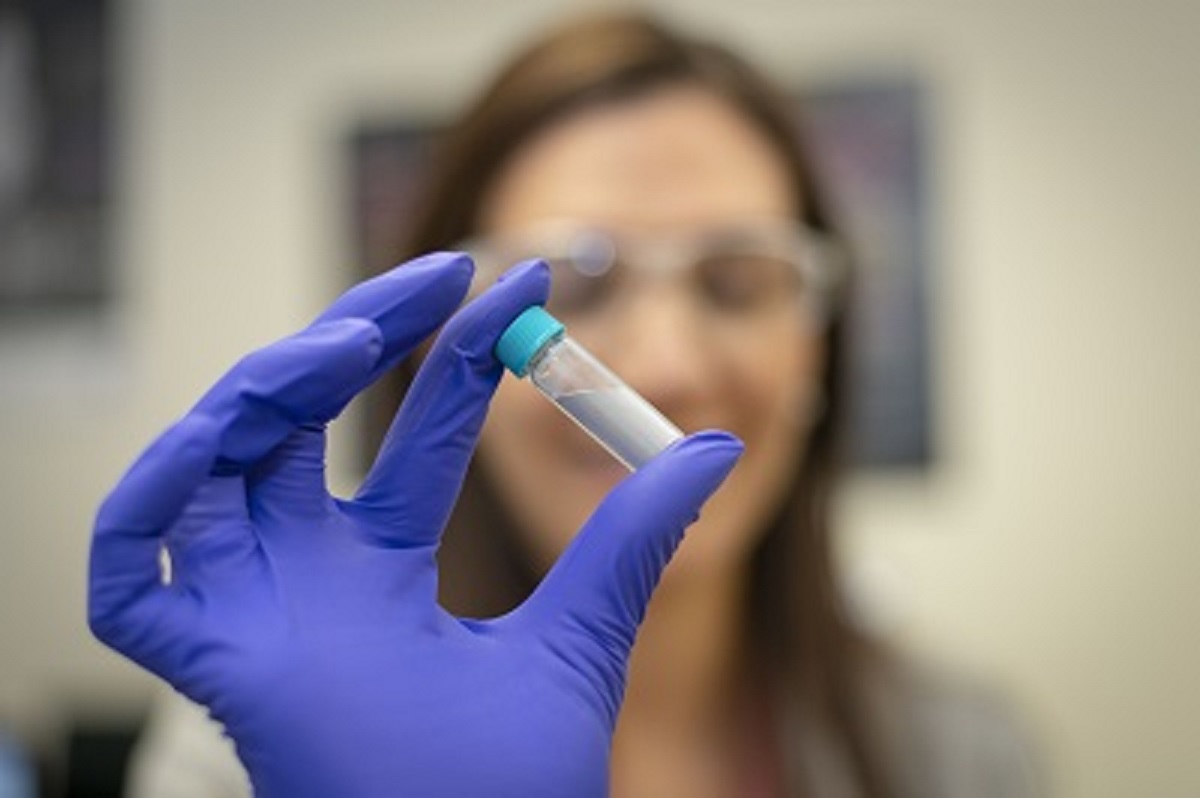
Worcester Polytechnic Institute (WPI) in the US says that it has received a three-year, US$25 million award from the US Army to develop a cold spray 3D printing technique that could be used to repair vehicles in the field.
Cold spray uses a pressurized gas to accelerate metal powders to near supersonic speeds, with the force of impact causing the powders to adhere to the metal upon impact, WPI says. There is no need to first melt the powders, and the process could be reduced to a portable handheld applicator.
‘The Army is interested in cold spray 3D printing as a repair technique,’ said Danielle Cote, assistant professor of materials science and engineering and director of WPI’s Center for Materials Processing Data. ‘It’s cheaper to repair a part than to replace it, and you get the equipment back in service faster.’
The institute says that it will focus on developing new alloys for use in cold spray. While with most manufacturing methods, metal alloys are altered by first being melted, and then often heat treated, with cold spray, the material retains its properties, so the characteristics of the powders are more important, according to WPI. The institute plans to fine-tune the cold spray powders can with various applications of heat. As part of the research program, the team will also examine the use of cold spraying copper coatings to give equipment antibacterial properties.
Researchers in WPI’s robotics engineering program will explore the use of multi-axes robots to automate cold spray.
This story uses material from WPI, with editorial changes made by Materials Today. The views expressed in this article do not necessarily represent those of Elsevier.




